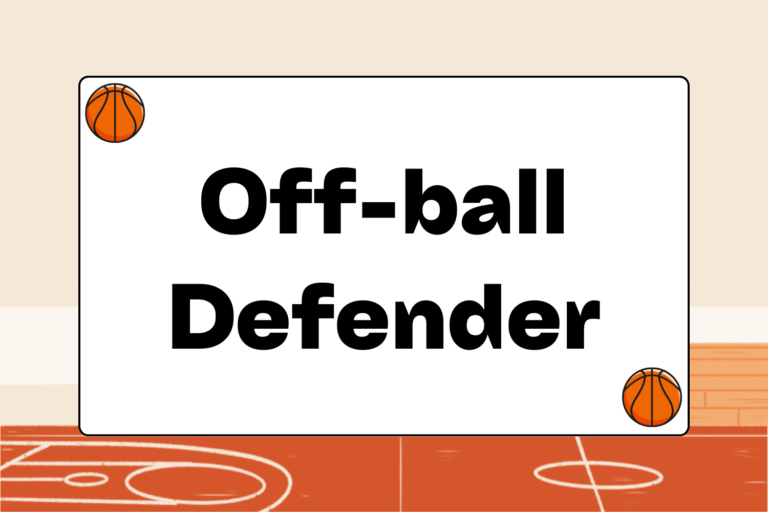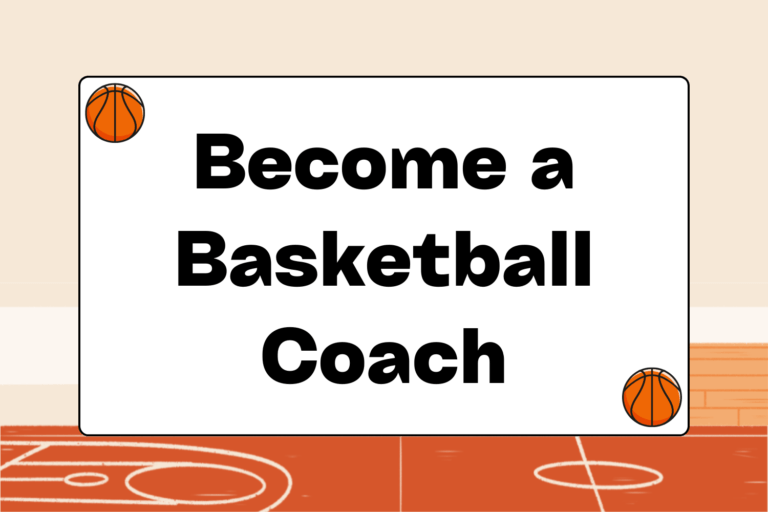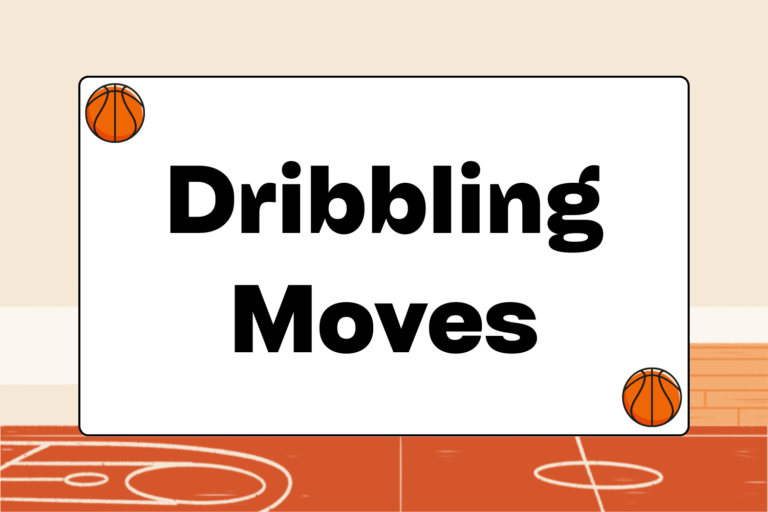If there’s one attribute that an undersized basketball team must have in order to win, it’s belief — specifically, the players must believe that they can effectively compete against bigger teams. To do so, they must be committed to the goal of winning and be ready to do whatever it takes, including sacrificing their personal goals and egos for the welfare of the team. This “team-first” dynamic helps undersized teams embrace the challenge of winning games against taller, stronger opponents.
It’s important to remember that the term “undersized” does not equate to undermanned. Smaller teams often have other advantages, and it’s important that they learn to capitalize on them. This guide demonstrates the keys to winning against larger, stronger teams.
Fitness First
Elite-level conditioning can help a smaller team wear down a larger opponent, often resulting in the bigger team getting tired and frustrated. Smaller teams frequently use two strategies to level the playing field in this way: spreading the floor and running in transition. Both tactics require being in excellent physical condition, which is exhibited in a few different ways:
- Having exceptional core strength.
- Having great flexibility and body control.
- Having unparalleled endurance.
Great conditioning is an effective equalizer in basketball, and teams that have it are rarely out of a game. Coaches of smaller teams should be ready to work players a little harder in practice so they’ll be a little stronger at the end of games.
Mental Edge
An important corollary to superior conditioning is having the personnel depth to keep fresh players coming off the bench. A constant influx of new legs eliminates the potential for fatigue — especially important when playing catch-up in the second half of a game.
Study the Game
At this level, every player should be a student of the game, though it’s especially vital for a team facing larger opponents. Being a student of the game refers to knowing one’s own strengths and weaknesses, along with those of the opposition. It also means having a game plan that leverages those strengths and takes away the best assets of the other team.
Students of the game quickly develop team-wide philosophies that identify and take advantage of the team’s unique strengths. When things aren’t going well, they’re also able to make adjustments while keeping these strengths in mind. Smaller teams that study the game consistently tend to arrive at a specific style of basketball based on what they do best.
Transition Offense
Many undersized teams like to take advantage of their superior speed by pushing the ball in transition. This has many advantages for a smaller team, including:
- Creating an aggressive mindset that can translate into a rebounding edge.
- Wearing down the opposition over the course of a game.
- Forcing opponents into an uncomfortable tempo.
Running in transition starts with tough defense and strong rebounding. Rebounders have to make crisp outlet passes, and ball-handlers have to take care of the ball. Also, coaches have to be comfortable surrendering some control. This is a little easier with experienced guards who have excellent dribbling and passing skills.
Ball Screens & Perimeter Shooting
Another effective offensive tactic for smaller teams is to spread the floor and force switches with solid screens. Teams that have strong shooters and athletic wing players can often create mismatches by constantly moving and maintaining good spacing. A well-rehearsed motion or flex offense helps undersized teams control the tempo and find open shots for hot shooters.
Emphasizing perimeter shooting and ball screens does not mean ignoring the paint on offense. Teams that work for it and have patience can often find room at the rim by using hard V-cuts and backdoor screens. Using this offense requires tenacity and patience, as players have to wear down opponents and wait for the defensive lapse before striking.
Defensive Rebounding
Rebounding prowess is about desire, footwork, and toughness. While most people think that the rebounding edge should automatically go to the taller team, in fact it’s the team that is dedicated to going after the ball – especially on the defensive end – that has the best chance to grab the most boards. Add this to taking care of the ball and taking good shots, and a smaller team can actually out-possession the opponent.
Smaller teams that want to compete for rebounds must be ready to:
- Make loose balls their top priority: Attacking the glass with all five players can be tough for any team to overcome.
- Engage in tough practice drills: This is hard, because players can get very aggressive in practice. But tough rebounding drills that force players to work hard always pay off in games.
- Box out, and go after the ball: It’s a two-step process that many smaller teams forget. Don’t simply box out; go aggressively for the ball after establishing position.
- Take advantage of quickness: Faster teams have an advantage on the glass because they can chase down loose balls and occupy open space more quickly.
A zone rebounding look can also help on the defensive front. The best one is a triangle rebounding set-up, in which two wing players are positioned near the baseline on either side of the basket, and a post player steps into the paint in front of the basket. These rebounders should look to establish position and create contact with their offensive opponents to box them out.
Many coaches also like to have two guards take back-side rebounding responsibility. Most errant shots carom to the opposite side of the basketball court; sending the two guards to the back-side accounts for this tendency.
Hot Tip: Playing Time
The best way to be sure a team attacks the glass is to hand out playing time as a reward for rebounding effort. A seat on the bench is a sure message to players who ignore the boards.
Purposeful Possession
Being lower to the ground should be an advantage when it comes to taking care of the ball and preventing turnovers. Taller players have difficulty getting low to create steals or deflections; an undersized team should use this to their advantage.
Taking care of the ball also means getting good shots and avoiding the shot turnover. A shot turnover happens when a player puts up a bad shot that is easily snagged by the opponent. Smaller teams are vulnerable to this, and must get good shots on each possession.
Small Ball
The misperception about playing small ball is that it’s a last resort for overmatched teams. In reality, many championship teams have been built around smaller players that have great skill and speed. Undersized teams that excel do so because they take advantage of their strengths and minimize their weaknesses. They also have solid fundamentals:
- They make foul shots at a high percentage.
- They have team leaders.
- They stay in peak condition throughout the season.
- They value every possession.
Smaller teams that focus on these skills can have great success, no matter the size of the opponent.





